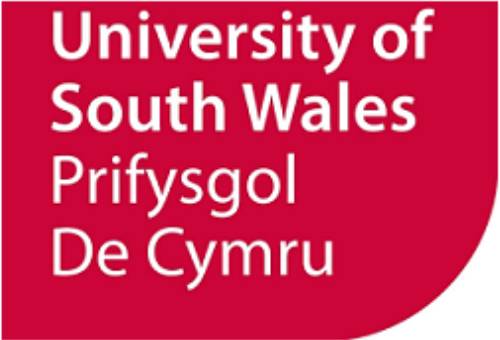Project overview
EWOC project aims at developing a novel converged optical wireless network solution relying on a flexible, virtualizable infrastructure, required for full resource optimisation beyond 5G (B5G) requirements. Fundamental innovation will be sought through merging of the enabling concepts of optical layer virtualization, high frequency mm-wave transmission, multiple antenna technology, cell densification, terra-over-fiber (ToF) based femtocell connectivity and cloud radio access network (C-RAN) architecture. EWOC will aim at high capacity, low latency communications (40-90 GHz frequency), providing the basis for a 50-fold improvement over the 5G baseline. This necessitates development of novel, femto-cell technology, and seamless coexistence with first round legacy deployment. Such scenario also requires novel channel models and simulation methodologies to attain the desired trade-off between coverage, throughput, and densification limits. EWOC will rely on fiber-optic deployment towards ToF connectivity, as an “added on feature” for the C-RAN architecture supporting resource management of versatile services with varying demands. Scenario compliant optical fronthaul virtualisation techniques, designed to provide cost effective beyond state-of-the-art resource optimisation, will be pursued through novel optical transceiver schemes and software defined network-based digital signal processing techniques. EWOC provides a framework for promotion of such interdisciplinary innovation, with strong interoperability of models and methodologies from different disciplines. As such, EWOC training network is designed to foster opportunities for scientific and professional growth of Early Stage Researchers from both topical and inter-disciplinary standpoints.
Role of IS-Wireless
The Doctoral Candidate of IS-Wireless will design and develop novel joint resource scheduling algorithms for the optical radio converged vRAN architecture towards Beyond 5G/6G networks. IS-Wireless will thoroughly investigate the state-of-the-art approaches of resource scheduling procedures in optical and radio converged virtual Radio Access Network (vRAN) architecture pursuing mm-Wave (MMW) frequency operation in the vRAN, identify the most promising resource scheduling approaches, analyze requirement for integrated optical resource allocation across multiple sites of vRAN, relevant use-cases and key optical subsystems. We will develop full-duplex vRAN resource scheduling procedures by enabling centralized control over 5G and 6G BBU and RRU link resources enabling optimal operation of vRAN components. Moreover, with the varying load on the network, the load on vRAN components also changes and the scheduling procedures to be adjusted to satisfy the key performance indicators (KPI’s) of the networks. The doctoral candidate of IS-Wireless will design and develop novel scheduling algorithms based on state-of-the-art (SoTA). Upon the SoTA research and methodology consolidation, the project will implement all algorithms in MATLAB and/or OCTAVE to evaluate the performance and integrate the solutions in a system level simulation platform.









